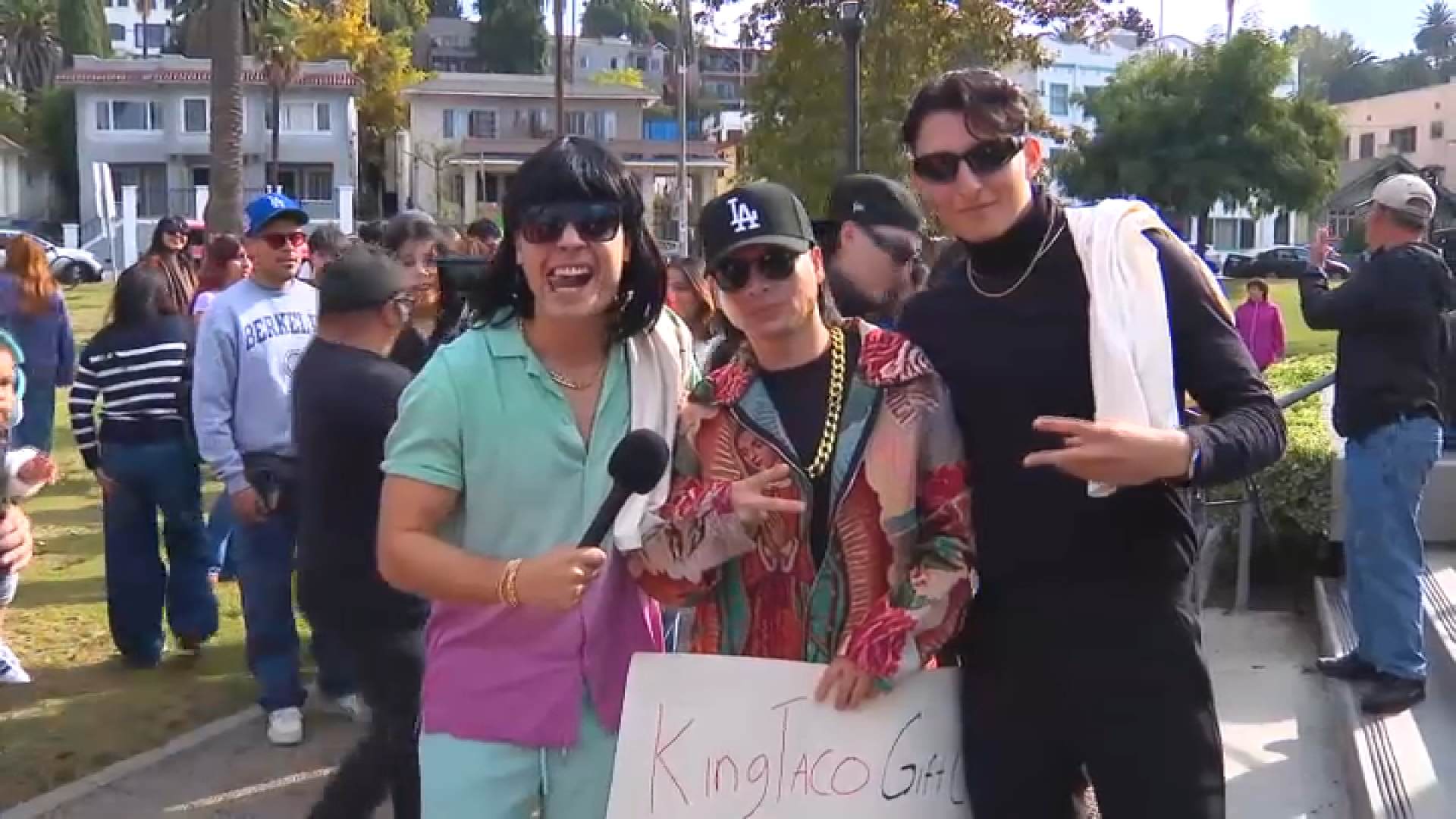Boeing’s new capsule arrived at the International Space Station on Thursday, delayed by last-minute thruster trouble that almost derailed the docking for this first test flight with astronauts.
The 260-mile-high (420-kilometer-high) linkup over the Indian Ocean culminated more than a day of continuing drama for Boeing’s astronaut flight debut carrying NASA test pilots Butch Wilmore and Suni Williams.
Boeing plans to keep Starliner at the space station for at least eight days before guiding it to a landing in the western U.S.
“Nice to be attached to the big city in the sky,” Wilmore said once the hooks between the two spacecraft were tight.
We've got the news you need to know to start your day. Sign up for the First & 4Most morning newsletter — delivered to your inbox daily. Sign up here.
Williams entered the space station first, dancing on the way in to music. Wilmore followed, snapping his fingers. They embraced the seven space station residents.
“It was such a great welcome, a little dance party,” said Williams. “That’s the way to get things going.”
The Starliner capsule already had one small helium leak when it rocketed into orbit with two NASA astronauts Wednesday. Boeing and NASA managers were confident they could manage the propulsion system despite the problem and that more leaks were unlikely. But just hours into the flight, two more leaks cropped up and another was discovered after docking.
U.S. & World
The day's top national and international news.
Later, five of the capsule's 28 thrusters went down. The astronauts managed to restart four of them, providing enough safety margin to proceed. By then, Starliner had passed up the first docking opportunity and circled the world for an extra hour alongside the station before moving in.
The thrusters problems were unrelated to the helium leaks, NASA’s commercial crew program manager Steve Stich said after the docking.
Going forward in the flight, “we have some tools in our tool kit to manage this,” Stich said.
Earlier in the day, before the thrusters malfunctioned, officials stressed that the helium leaks posed no safety issues for the astronauts or the mission.
Helium is used to pressurize the fuel lines of Starliner’s thrusters, which are essential for maneuvering. Before liftoff, engineers devised a plan to work around any additional leaks in the system. A faulty rubber seal, no bigger than a shirt button, is believed responsible for the original leak.
Boeing program manager Mark Nappi said there should be plenty of helium in reserve for the trip home.
After the space shuttles retired, NASA hired Boeing and SpaceX to ferry astronauts to and from the space station. SpaceX’s taxi service began in 2020. Boeing was supposed to start around the same time, but was held up for years by safety concerns and other troubles.
Stich said none of the problems so far would require a repeat of an astronaut test flight before certifying the capsule for regular use.



